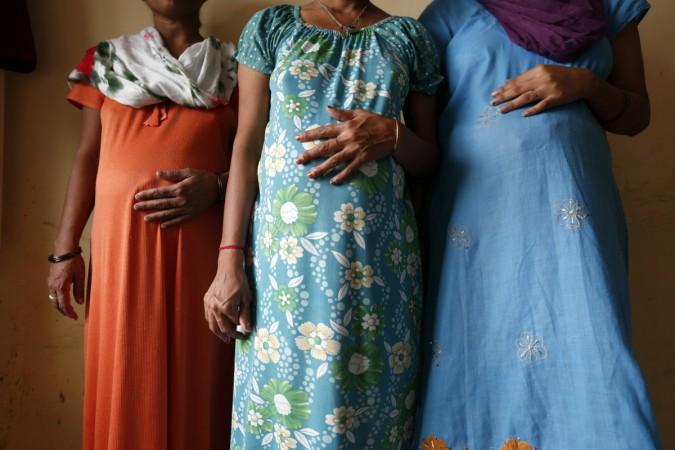
The World Health Organization (WHO) said on Sunday that in India a woman dies after every five minutes during pregnancy or childbirth. Nearly one-fourth of the global maternal deaths (25.7 percent) occur in India, the NDTV reported.
A majority of the maternal deaths in India happen after the delivery due to excessive loss of blood, the global health agency said.
Postpartum hemorrhage is defined as the loss of more than 500 ml or 1,000 ml of blood within the first 24 hours following childbirth and it is the most common cause of maternal deaths.
"In fact, two-thirds of maternal deaths occur after delivery, postpartum hemorrhage being the most commonly reported complication. The incidence of emergency postpartum hysterectomies is about 83/100,000 with a maternal mortality of 17.7 per cent and a perinatal mortality of 37.5 per cent," said a WHO statement.
Postpartum hysterectomy refers to the removal of uterus post childbirth.
The trend of maternal deaths in India also varies geographically with the northeastern state of Assam reporting the highest number of such cases.
"The latest estimates of maternal mortality rate in India from 2011-13, show an average of 167 deaths/100,000 live births. The same estimates also demonstrate that wide geographical disparities persist. The highest MMR can be found in Assam (300) and the lowest in Kerala (61)," the WHO said, according to NDTV.
The WHO cited the reason of shortage in blood supply as the reason for the prevalent maternal deaths in the country.
It said that India's 1.2 billion population needs 12 million units of blood annually but it has reserves of only nine million — a 25 percent deficit. "Globally, there are innovations in the field of patient blood management, whereas in India awareness on the management has been overlooked thus far," WHO added.
In India, the prevalence of home childbirths especially in rural areas has also been attributed to a high incidence of maternal deaths.
An official survey released in April said that in rural areas, 20 percent of the total childbirths were reported at homes instead of hospitals. In urban areas, 11 percent of childbirths took place at home. The survey said home birth is usually prevalent among poor families and as the income level of families rises, the practice of giving birth in hospitals also increases.
The United Nations said last year many countries that report high maternal death rates will make little progress, or will even fall behind over the next 15 years if there is no improvement in the number of available midwives and other health workers with midwifery skills, according to DNA.









